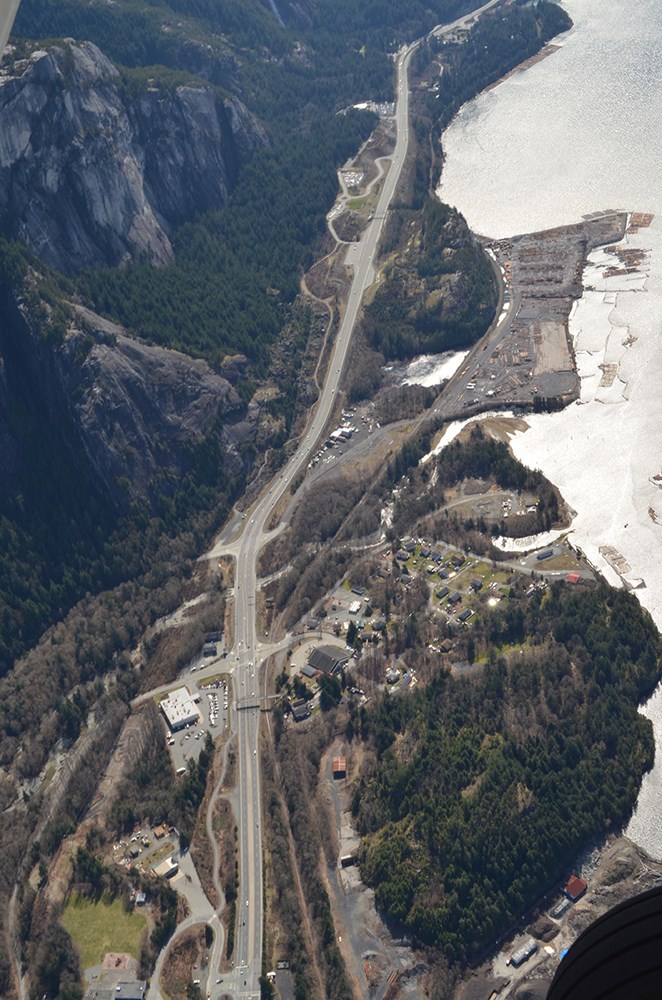Highway congestion is increasingly the greatest challenge to quality of life in Squamish.
Since 2009, traffic on the highway has increased by about 24 per cent with an average of 19,000 vehicle trips currently made each day through Lions Bay and Squamish, according to the ministry of transportation.
In July of 2017, 31,000 vehicle trips was the Sunday average.
Clearly, the highway is congested already on weekends and a crash on the Sea to Sky on any day throws a wrench into even the best-laid plans.
Overall though, on most weekdays the commute to and from the city is currently doable.
But fast-forward to when all the housing developments that have recently passed at council are built.
The Official Community Plan predicts Squamish’s population reaching 30,000 by 2031 and 34,000 by 2036. Those are likely conservative estimates at the rate we are going.
Add further development at Britannia Beach, Garibaldi at Squamish — which is slated to have 22,000 bed units — and all those coming up the Sea to Sky to recreate at attractions in Squamish and an expanding Whistler Blackcomb, and it is hard to imagine the future gridlock.
The provincial government isn’t likely to agree to pony up more funds for the highway.
The Sea to Sky underwent a $775-million renovation before the 2010 Winter Olympics. In 2017, the province invested $1.1 million in improvements.
Stick a fork in us, Squamish is done in terms of highway upgrades.
And many studies show, adding lanes or another route doesn’t solve congestion problems long term anyway.
If you build it, they will come and keep coming.
We need a multi-pronged approach to the problem of moving people up and down the corridor.
Regional transit, if frequent and affordable enough, would of course help, but more buses alone won’t be enough.
We also need the return of a small passenger ferry, especially for tourists, who could disembark, visit our downtown and beyond, then return by sea to the city.
And most importantly, we need to go back to passenger rail.
A Bud Rail Diesel passenger train used to run along the corridor, until the service ended in 2002. A commuter train using existing rail could connect the Sea to Sky Corridor to the North Shore.
A previous study for the District of Squamish found a commuter train would be most effective if three trains ran leaving Squamish at 6, 6:30, and 7 a.m. each weekday. The trains would then leave North Vancouver at 4, 4:30 and 5 p.m.
Trains could also run between Squamish and Whistler to help move some visitors as well as local employees to the village.
Finally, we need better paying jobs so that more than half of us aren’t all trying to get to the city each day to work.
All of these solutions are going to cost us, but then, the highway is costing us already in time, gas, money and lives and will increasingly do so unless we act.



